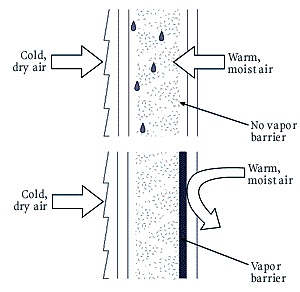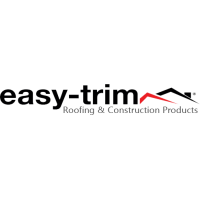What are Insulation Vapour Barriers and Why are They Important
by Mark Row
 Protecting your Home in more than One Way
Protecting your Home in more than One Way
Due to the fact that insulation has become increasingly popular over the years, people are asking more and more questions on alternative ways of properly protecting their homes from hazardous external effects such as temperature fluctuations, natural disasters or moisture and damp problems. One among those questions is “What are insulation vapour barriers and why are they important?”. Well, there is a simple answer hidden behind the fact that all of us want to preserve a warm, dry and healthy environment in our homes. If this is the case, know that we are talking about materials (usually a part of an insulation system) used to basically keep the moisture trapped and far away from your home interior thus preventing all the damage it can cause, from weakening your construction structure to endangering your health and reducing the quality of life, not to mention all the additional costs of dealing with such problems.
An insulation vapour barrier is basically a material used in building construction in walls, floors and ceilings used to resist and stop moisture from penetrating through such constructions. Moisture and water vapour problems causing condensation are not very uncommon occurrences nowadays, since they are practically caused by natural processes, such as the difference in temperature between unheated spaces (like your basement or attic) and heated ones. Due to such temperature difference, water (both as liquid or vapour) forms in walls or floors between these areas. Well, vapour barriers are installed in order of preventing such water from penetrating through the walls or ceilings, get inside and damage your plasterwork and in time the whole construction.

The Function of an Insulation Vapour Barrier
Material’s permeability can be measured and expressed in perms as a measurement unit which is used to determine how well will the material block water vapour. Consequently, all materials can be classified into categories that is into classes, based on their perm value. For instance, substances like glass, metal sheets (used in windows for example) polyethylene sheets or aluminium foils have the value of less than one perm, while materials like unfaced expanded or extruded polystyrene or plywood are measured between one and ten perms and finally concrete blocks, bricks, unfaced fibreglass or cellulose insulation can reach the value of over ten perms. You have probably understood yourself that the lower the number the more moisture will the material be able to trap and block.
Insulation Vapour Barrier Installation
Vapour barriers are better installed in the construction phase, rather than in remodelling projects simply due to the fact that it is not always a very simple task and should never be taken lightly. On the other hand, if you are planning a complete remodelling project, use the opportunity to additionally protect your home construction. The type and class of insulation vapour barrier you are installing will usually depend on the climate, since in moderate climates, you can opt for semi-permeable materials, while in particularly moist and humid climates, better opt for some higher rated materials. In hotter climates always install it facing the exterior of the wall and the other way around – in colder areas, install it towards the interior side. Proper installation is very important, including sealing all the gaps and openings, since this way you will protect your insulation material from absorbing moisture over time which can reduce its insulation performance. Finally, if you do not want to start from scratch, you can use some alternatives which are not as expensive and that time consuming to apply, such as using some acrylic or glossy paints for your walls.
If you want to do things right, there a re two basic ways. One is installing a vapour barrier on top of insulation, especially if you are dealing with some insulation material that is not vapour resistant. This can be done by, for example adding unfaced insulation into cavity walls and then covering it with some plastic sheeting. Another option is purchasing an insulation material that already has a vapour barrier installed. Namely, due to the growing needs for protecting home against moisture, many manufacturers have started producing insulation materials that are already vapour resistant. This way you can eliminate the costs of purchasing and installing both, but always bearing in mind that this can be done only if you don’t have some vapour resistant material already installed, since this can cause more damage than good.
Was this article helpful? If you like to know more about home insulation practices and find suitable insulation materials for your projects have a go at our Blog, and feel free to post questions or contact us.
























































































































